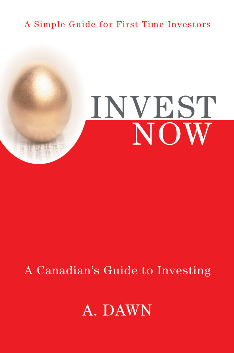China’s Trade In Africa
/China’s Investments and Forward Thinking Strategies In Africa
First Published Date: October 24, 2012 ADawnJournal.com
The United States, once Africa’s biggest trading partner, no longer holds that position. Three years ago China captured that position, and became its number one trading partner with its robust business activities. In just ten years, from 2001 to 2011, bilateral trade grew 16 fold from $10.6 billion to $160 billion. China also provided millions of dollars in food aid and as a good gesture gifted the African Union’s headquarters (cost: $200 million) in Addis Ababa.
Bilateral trade expected to reach $300 billion by 2015 and investments expected to rise 70 percent from 2009 to 2015 by $50 billion. Also, China has consistently offered loans to the African countries and currently has a $20 billion loan offer on the table for the next three years. China’s non-judgemental approach to the African countries and easy terms for loans and businesses brought China closer to Africa, while slowly pushing western countries beyond boundaries.
However, criticism exists that China is in Africa to implement its long-term forward-thinking strategies. According to many, these strategies are:
– To exploit Africa’s natural resources
– To pursue neo-colonialism by bolstering brutal and corrupt dictators
– To grab business opportunities away from the local people
– To flood the African market with counterfeiting, and cheap, below-standard quality products
– To shift China’s manufacturing infrastructure in Africa and thus shifting its population gradually into China
In spite of these criticisms, anti-Chinese protests, kidnapping and killing of Chinese workers, China’s heavy engagement and projects are distinctively visible across Africa: from stadiums in southern Africa to hydroelectric projects in the North, from government offices in the east to cultural buildings in the west. Today, China is in most African countries except these few countries that recognise Taiwan: Burkina Faso (Formerly Upper Volta), Gambia, Swaziland, and Sao Tome and Principe (the second smallest African country after Seychelles). And China’s heavy engagement will only grow in the years to come.








